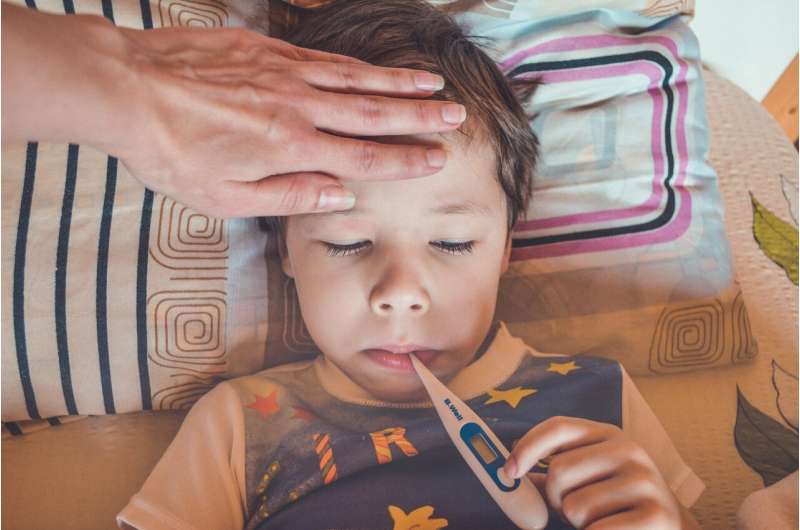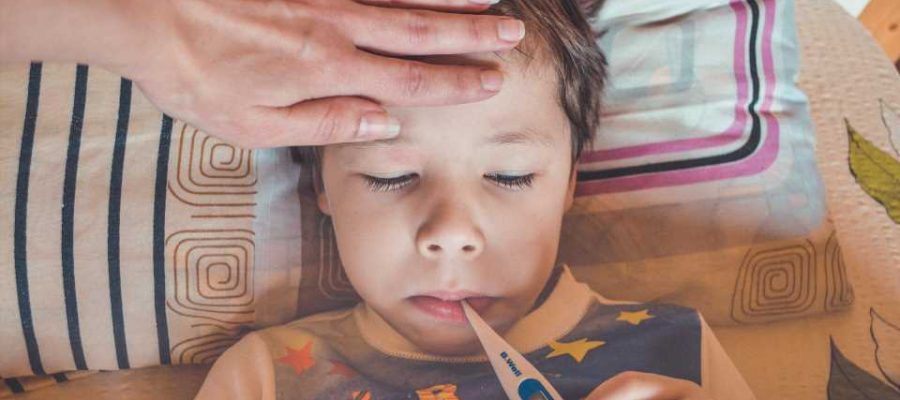
When kids get sick, most of the time, viruses or bacteria cause their infections. While viral and bacterial infections can have similar symptoms, such as coughing, sore throat and fever, one big difference between the two is how they are treated.
In this Mayo Clinic Minute, Dr. Nipunie Rajapakse, a pediatric infectious diseases specialist at Mayo Clinic’s Children’s Center, explains the differences between the two infections and why antibiotics won’t help and why they may even hurt if taken to treat viral infections.
The most common circulating viruses for the fall and winter, such as colds and flus, rely on the immune system to fight them off. So don’t expect your health care professional to prescribe an antibiotic.
Antibiotics don’t kill off viruses. Dr. Rajapakse says a common misconception she tries to dispel is that children with fevers need to be on an antibiotic before they can return to school or day care.
“Giving a child with a viral infection, an antibiotic, does not help them at all. It won’t help them get better faster, and it can cause them harm,” says Dr. Rajapakse.
She says there’s also the issue of overuse, which is driving antibiotic-resistant bacteria and making infections more difficult to treat.
“We’re trying to reduce the instances that this is happening in bacterial infections. If you have one, an antibiotic can be lifesaving. And, so, these are things like pneumonia or blood infections, or infections of the bone, for example, where antibiotics definitely should be used. And in order to keep them effective for these types of serious infections, we really need to only use them when we know that there’ll be effective and treat patients.”
Source: Read Full Article
